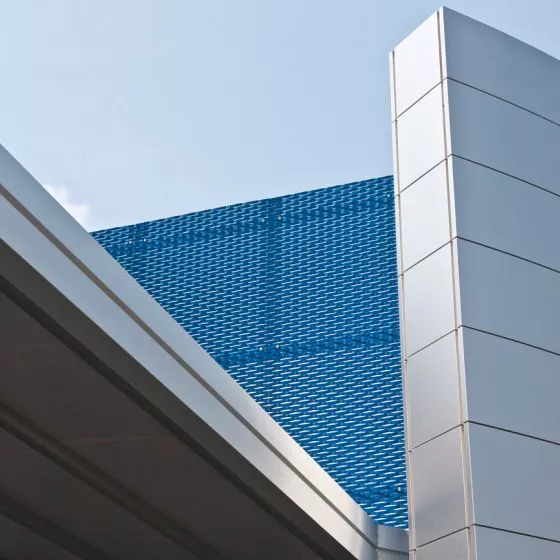People spend up to 90 percent of their time in various types of buildings, while expecting a high level of comfort. Not surprisingly, building structures are responsible for consuming about 30 percent of the world's energy. Against the backdrop of climate change, the future of construction lies in technologies that reduce energy consumption, limit pollution and allow efficient management of indoor temperatures for the comfort of occupants.
Designers today face a huge opportunity, as well as a great challenge and responsibility, on how to adapt current buildings and future construction projects to changing climatic conditions. They must consider improving the energy performance of buildings, ensuring the comfort of occupants in spaces with the maximum possible access to natural light while protecting against sunlight and completely eliminating negative environmental impacts.
In the complex web of relationships, influencing factors and expectations, designers are helped by the principles of bioclimatic architecture, and a key element in the design process is the façade. It is through the façade of a building that most of the energy exchange occurs, so it should dynamically adapt to the conditions outside the building and the needs of users.
Building automation
An integral part of the bioclimatic façade are automated sunshades that reduce cooling and heating needs, which translates directly into reduced operating costs. What's more, they provide variable insulation of the facade, resulting in thermal and visual comfort for users.
Animeo system controller
© Somfy
Controlled solar shades are adjusted automatically (raised, lowered, set to comfort positions) in response to changes in weather conditions. This is made possible through the use of weather sensors (temperature, wind, sunshine, rain, snow, ice, integrated in a weather station installed on the roof of the building) or through commands from Somfy's Animeo system controller, which take into account, for example, the hours or days of building use or the presence of users indoors. Manual control transmitters can also be attached to the system.
From the users' perspective
Visual comfort is one of the key conditions for well-being. To ensure the correct level of lighting in the interiors, the automatic shield management system uses various functions. For example, with Animeo, the angle of the facade blind's slats will be automatically adjusted to the angle of the sun's rays in real time. We then speak of the "sun tracking" function. The blinds will be adjusted to the optimum position to provide natural light and at the same time protect from the glare of the sun - most of the sun's energy will be reflected or dispersed, and the interior will be illuminated in an optimal and comfortable way for the user. Another function is "solar heating". - The system will raise the covers in winter during times of intense sunshine and when people are away to reheat the room. Another function is "heat holding," which means lowering the cover to create an extra layer of insulation, preventing heat loss.
Some of the system's functions
© Somfy
The Animeo range makes it possible to adapt the system to different types of buildings: offices, industrial facilities, health care, education, hotels, sports and leisure facilities, residential, shopping centers and many other public buildings - to any type of facade and type of sunshade selected. In addition to their functional advantages, dynamic facade covers also play a role in terms of aesthetics, equipping architects with an optimal tool in the design process of glass facades.
For more information, visit SOMFY Poland 's A&B website.



































